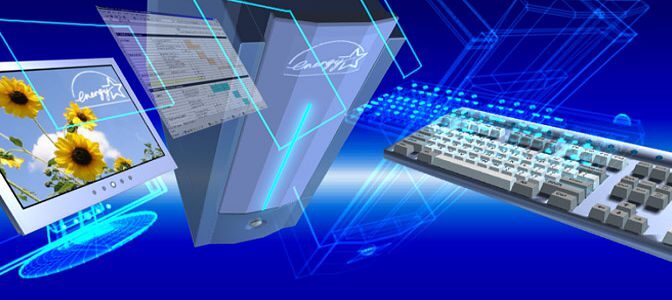Part 2
5. Skilled Trades and Hands-On Expertise
While much attention is paid to digital jobs, many physical and technical trades are also highly AI-resilient. Electricians, plumbers, carpenters, mechanics, and other skilled trades involve dexterity, spatial awareness, and situational judgment that robots cannot easily replicate. These roles require working in unpredictable environments, adapting tools and techniques to specific cases, and interacting directly with customers.
Installing a custom kitchen or repairing a car engine involves hands-on decision-making that resists full automation. Although AI may augment these jobs with diagnostic tools or design simulations, the actual execution requires human adaptability. Skilled trades demonstrate resilience by combining technical mastery with practical, real-world flexibility.
6. Lifelong Learning and Adaptability
Beyond any single job, the most resilient careers are those that embrace continual learning. AI is evolving rapidly, and industries will keep shifting. Workers who adopt a mindset of adaptability—learning new tools, updating their skills, and staying open to change—will remain employable even as specific roles transform.
This is less about holding one “safe” job and more about cultivating resilience as a personal quality. Careers that build in professional development, interdisciplinary exploration, and digital literacy are better equipped to evolve alongside AI. For instance, a teacher who integrates new technologies into their classroom is more secure than one who resists change. Adaptability itself is becoming a core career skill.
7. Leadership and Vision
Leadership is another cornerstone of AI resilience. Leading teams, inspiring others, and setting direction for organizations require emotional intelligence, strategic foresight, and persuasive communication. AI can provide data-driven insights, but it cannot rally people around a shared vision or navigate the interpersonal dynamics of group work.
Whether in business, politics, or community organizations, leaders remain essential in guiding change, fostering collaboration, and making final calls in ambiguous situations. Careers with leadership responsibilities will continue to demand uniquely human qualities, even as AI becomes a standard tool for decision support.
8. Cultural and Contextual Knowledge
Finally, AI-resilient careers depend on deep cultural, social, and contextual understanding. AI often struggles with nuance, irony, and cultural specificity. Professions like journalism, law, social work, or diplomacy require the ability to interpret context, build trust across cultures, and act with sensitivity to local norms.
For instance, a diplomat negotiating peace must understand historical grievances, cultural traditions, and the subtle signals of body language. No dataset can fully capture these dynamics. Similarly, investigative journalists must discern credibility, build human sources, and tell stories that resonate with real communities. These careers thrive on contextual intelligence that cannot be fully encoded into algorithms.
Conclusion
The rise of artificial intelligence is not the end of human work but a reshaping of what kinds of work matter most. AI-resilient careers share qualities rooted in distinctly human strengths: empathy, creativity, adaptability, judgment, leadership, and cultural intelligence. They flourish in areas where unpredictability, emotional depth, and ethical reasoning are essential.
Instead of competing with machines on their terms, workers can secure their future by leaning into the traits that make them uniquely human. The most resilient careers are not those that ignore AI but those that integrate it as a tool while focusing on higher-order skills that cannot be automated. In this sense, the future of work is less about resisting technology and more about reimagining how human talent and AI can complement each other. By cultivating the qualities that machines lack, individuals and societies can build a workforce that remains not only resilient but also deeply human.


